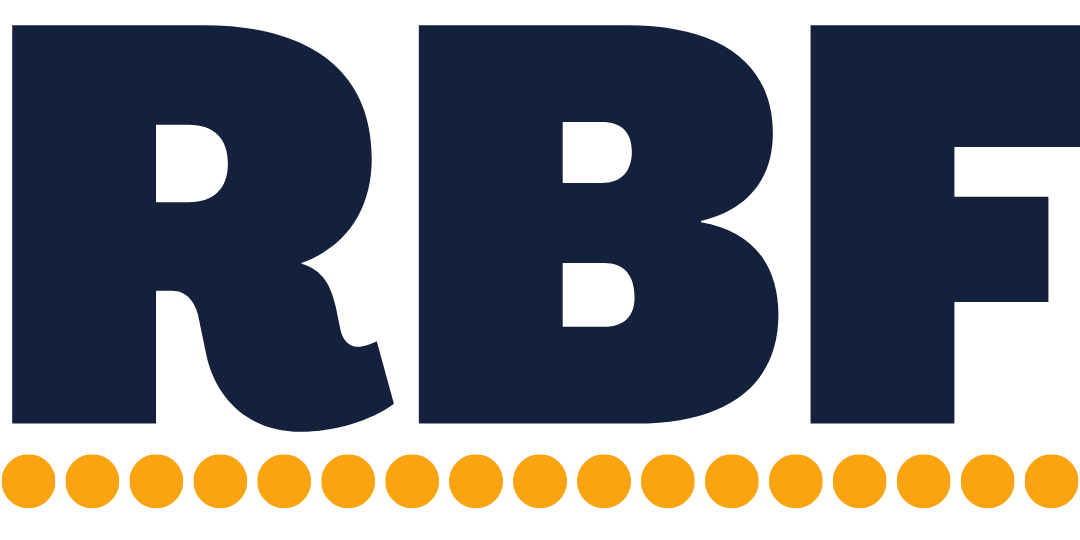How to rank your clients
All clients aren’t created equal. Some clients are easier to work with, more profitable, send referrals, or just have more interesting projects than the rest. Then, others are a royal pain, take up too much of your (and your team’s) time, drag down profitability, hurt cash flow (by always paying late), and frankly, just don’t spark joy. And then, you have all sorts of combos and flavors in between. But, once a client passes the discovery/onboarding phase, we don’t regularly take stock of the situation or actively think about whether they’re still a good fit for our businesses. We just keep working with them until the project is over, they switch to a different professional, or they become such an absolute nightmare we need to fire them.
Periodically ranking your clients forces you to regularly and systematically think about your client base, on a client-by-client level (as opposed to high-level metrics, KPIs, or sweeping generalizations). This gives you additional insight into your client base and is a great way to look at your business from a different angle. It illuminates the nuances and details that we frequently overlook/ignore or aren’t caught up in standard reporting. And, it highlights potential client issues before they become serious problems.
It’s about awareness :
Ranking clients is a thought experiment. It’s for you to sit down and think about your clients and about your business from a different perspective. There’s no right or wrong answers. Don’t agonize over the rankings because, at the end of the day, ranking a client as A-tier or B-tier doesn’t really matter. This isn’t a college exam. There’s no final grade. And, you’re not gonna cut every client that didn’t make the grade.
Include past clients and projects:
Usually, business owners rank their current clients before pruning their client lists and firing bottom-tier clients. But, when ranking, you really should include past clients (going back roughly 3 years) for additional insights into your business. Ranking past clients will help you see how your clientele, types of client work/projects, and revenue/profitability per client have evolved and if it’s a good evolution that you should lean into or a bad evolution that you need to take control of.
Profitability and revenue :
At the end of the day, we run our businesses to make money and earn a living, so include how much profit AND revenue each client earns your business. (You need to include both because profitability and revenue give each other important context and you can’t make sense of one without the other.) You can either weight them against each other (for example, a high revenue with low profitability will average out) or have two separate ranks for each metric. And, while ranking your clients, look for concentrations in profit and revenue. A small percentage of clients accounting for a large percentage of overall revenue and profit is a risky situation to be in.
Niche (or ideal client profile) fit:
Check if your clients are in your intended niche or if you’re inadvertently evolving into a new niche. And, you don’t necessarily need a super-defined niche (or ideal client profile) to rank niche fit. You just want to check how well clients line up with your ideal client and where you envision your business going. Even if you’ve never created an Ideal Client Avatar, you probably have a list of industries or personality types you don’t enjoy working with. For example, I do strategic & financial consulting and tax compliance for creative and professional service firms. That’s a veryyy loose niche. But, I can still tell that a general contractor or ecommerce business may not be a great fit and somehow slipped in there.
Overall relationship & pain in the ass factor:
There’s a few ways to rank a client’s pain in the ass factor: 1, whether you mesh well and get along, 2, how stressed out they make you and your team feel (or how much negative headspace they create), 3, by the volume of unnecessary communication, or 4, whether their projects go over or under your time budget for them. Which method you choose depends on what you consider a pain in the ass and which is the most important metric to your business. For example, meshing well and low stress might be more important if you’re working on company culture, where time budgets and volume of communication might be more important if you’re working on productivity and profitability.
Action Item:
Copy a list of your clients over to a spreadsheet, add 3 columns for profitability/revenue, niche fit, PITA factor and add a 4th for general notes (for example, if they always pay late), then rank each client from 1 to 5 in each column and add any thoughts about the client relationship in the notes section.
If you’d like to get more scientific with it – instead of ranking from 1 to 5, you can include exact figures. So, exactly how much profitability/revenue they generated, what industry a client is in, and how much your client projects varied from their time budgets.
